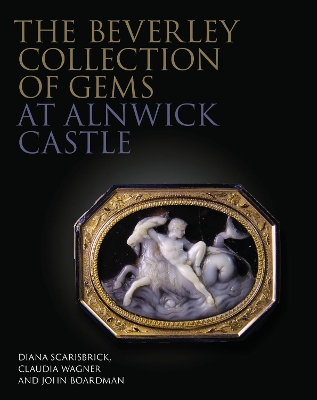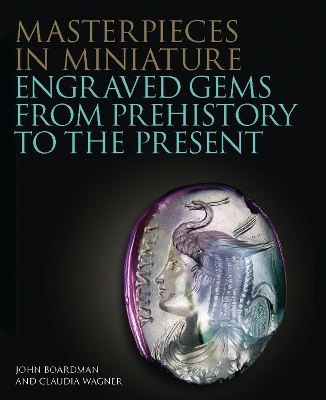The Philip Wilson Gems and Jewellery
3 total works
The Guy Ladrière Collection of Gems and Rings
by Diana Scarisbrick, Sir John Boardman, and Claudia Wagner
The Beverley Gem Collection at Alnwick Castle is one of the most distinguished in Great Britain still in private hands.
Alnwick Castle, ancestral seat of the Earls of Northumberland - and the House of Percy - was built as a border fortress against the Scots in the twelfth century, if not earlier. Substantially enlarged in the fourteenth and fifteenth centuries, and remaining in Percy family hands to this day, it stands now as a prime example of robust stone defensive architecture. Much visited and admired for its impressive exterior, this dramatic stronghold and stately home is the setting for this collection.
The Beverley Collection reflects the longstanding interest of the English nobility in both accumulating and commissioning gemstones. The Collection was begun by the First Duchess of Northumberland in the early eighteenth century; but the greater part of it was made later in the century by Algernon Percy, First Earl of Beverley, during a tour of Europe while in the company of his mentor, Louis Dutens. Their success in France and Italy was such that it incited the jealousy of the Empress Catherine of Russia, herself a passionate collector.
The range of objects - cameos, intaglios and finger rings of the highest quality - is considerable: Greek, Roman and Etruscan, as well as a notable assemblage of neoclassical signed gems by British artists. One jewel clearly provided inspiration for Michelangelo's painting of Adam on the Sistine Chapel ceiling.
The Collection has been little known, except by connoisseurs, but this volume brings to the attention of a broader audience many of the finest products of one of the oldest arts of the western world.
The gemstones explored here are from a distinguished collection made in the earlier twentieth century by a notable connoisseur of ancient art. Many originate from named older European collections and were previously unknown to scholars and collectors. The authors have sought to offer a balanced selection of earlier eastern and Greek stones, alongside others from the neo-classical era. The book offers a survey of the finest products of the gems craft over millennia.


